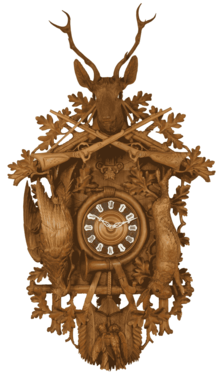Augustusburg and Falkenlust Palaces in Brühl are two palaces built in the early 18th century and lies in proximity to Cologne. The complex consists of a main palace, Augustusburg, and a smaller palace for hunting, Falkenlust. Both lies in the same complex and are connected through a large park. The complex is one of Germany's most important Baroque complexes and is therefore included in the UNESCO-World Heritage. Entering the castle is only possible with a guide and costs 5 euros. The palaces with its beautiful parks and proximity to Cologne made it a perfect one day trip for me.
 |
| The main entrance to Augustusburg, the complex area lies just beside Brühls main train station. |
 |
| Location of Brühl. It only takes around 15 minutes to reach the UNESCO-Palaces in Brühl. |
 |
| The fabolous garden. The parks in the complex are huge and very beautiful. |
 |
| Garden. |
 |
| One lucky goose. |
 |
| The beatiful garden as seen from above. |
 |
| The road to Falkenlust palace is well marked and does not lie far away from Augustusburg. |
 |
| Falkenlust palace is mainly a palace used when hunting for birds. It is placed not far from the normal bird route. |
 |
| We also had time to walk through the small town of Brühl. |
 |
| Brühl is a very small town but cosy. |
 |
| Unfortunately it wasn't allowed to take pictures inside the palace. The main entrance was so impressive though, that I had to attach it in this post (photo find on the web). |
















































